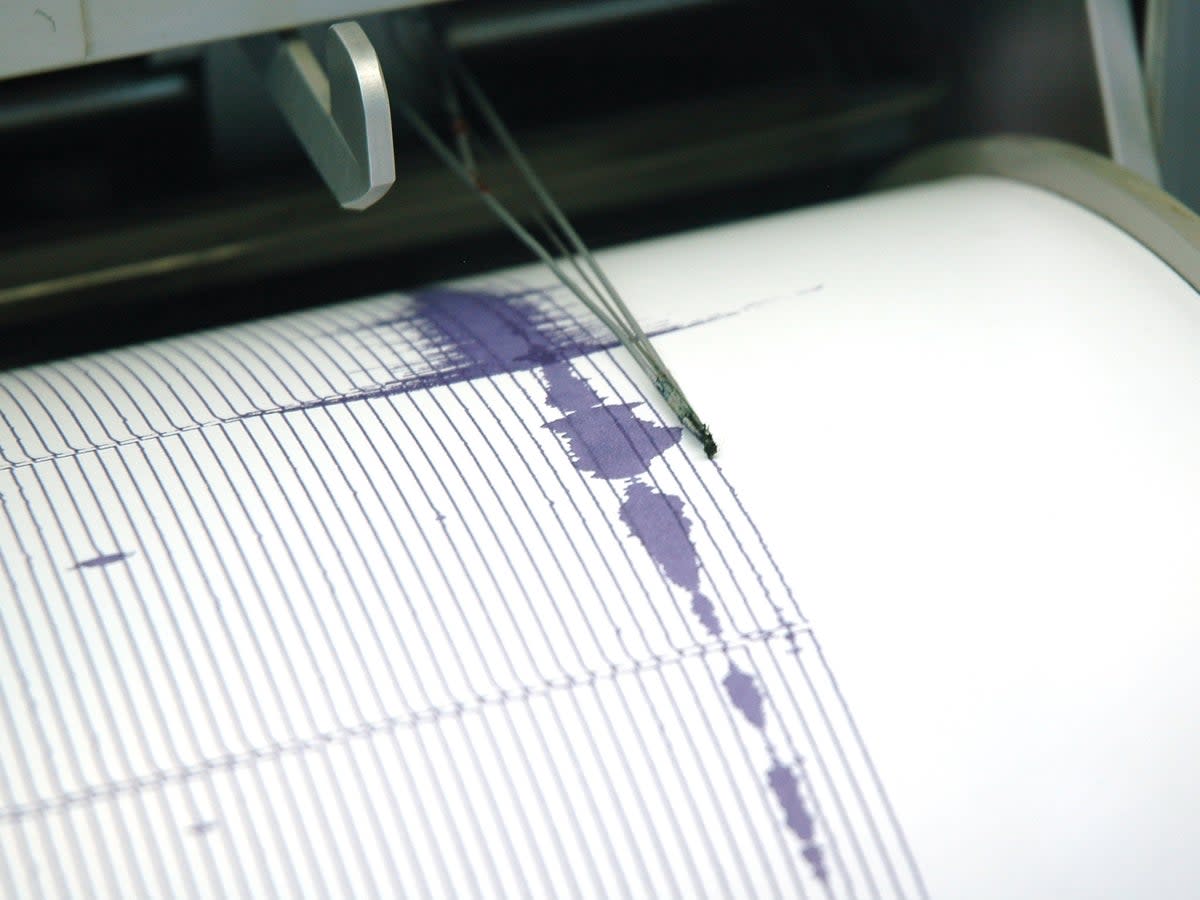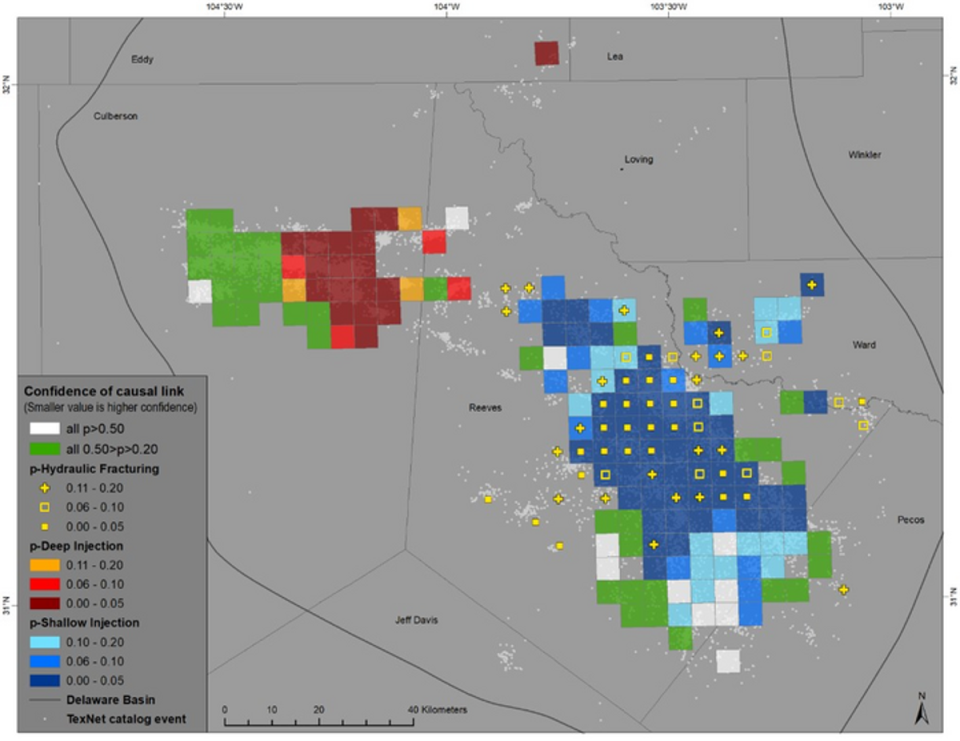Rising number of earthquakes in Texas ‘linked to oil and gas production’

A rising number of earthquakes recorded in West Texas can be linked to oil and gas production in the region, new research has found.
Since 2009, earthquakes have been rapidly rising in the Delaware Basin - a prolific oil-producing region in West Texas and New Mexico, according to researchers at The University of Texas.
The authors of the study published in Seismological Research Letters analysed data that tracked seismicity and oil and gas production in the region from 2017 to 2020. They found that 68 per cent of earthquakes above magnitude 1.5 were “highly associated” with one or more oil and gas production activities.
These activities were hydraulic fracturing, commonly known as fracking - a process that uses pressurised fluid to create and enlarge fractures in the rock to increase the flow of oil and gas - and the disposal of what is referred to as “formation water” into geological formations.
Formation water is produced with oil and gas, it is then disposed of by injecting it into geological formations, the researchers said.
Alexandros Savvaidis, a researcher at the University of Texas and the study’s co-author, said these production activities are known to increase “subsurface pore pressure”, a mechanism for triggering earthquakes.
“This paper shows that we now know a lot about how oil and gas activities and seismic activity are connected,” Mr Savvaidis said. “The modelling techniques could help oil and gas producers and regulators identify potential risks and adjust production and disposal activity to decrease them.”

The researchers studied around 5,000 earthquakes, choosing those above the magnitude 1.5 threshold. They found that 55 per cent of the earthquakes were linked to injecting formation water into sedimentary formations.
In 2020, a magnitude 5.0 earthquake that occurred in Mentone, Texas, happened in a region where seismicity was strongly associated with produced water being injected into deep geological formations, the authors said.
Meanwhile, hydraulic fracturing was linked to 13 per cent of the earthquakes, the authors said.

